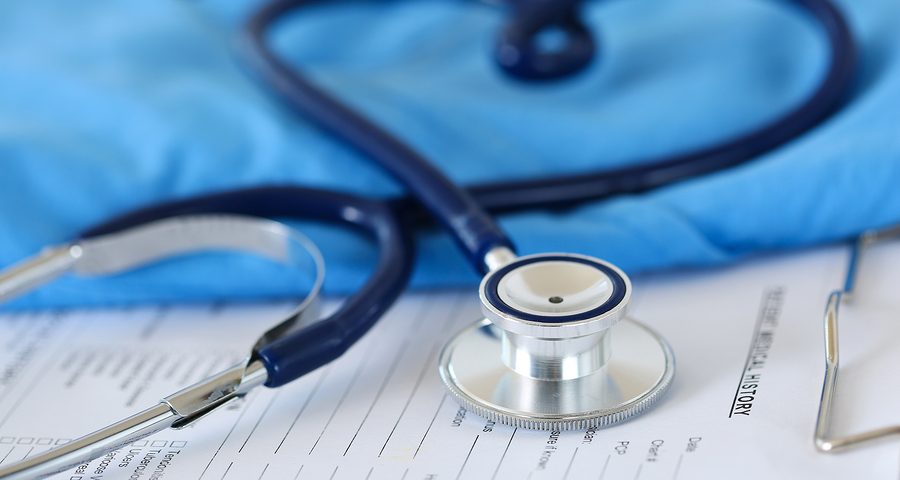A Colposcopy Overview: How to Prepare and What to Expect

So your pap smear results came back “abnormal”. What now? Well first, recognize that you’ve been a responsible woman by going for your annual pap smear, so no matter what the results, first give yourself a pat on the back for prioritizing your health with preventative care! Your doctor will likely follow up by making an appointment for a diagnostic exam called a colposcopy.
We know that hearing news like this can trigger nerves and fears, and since knowledge is power, we’ve compiled a colposcopy overview so that you will know how to prepare and what to expect.
What does an abnormal pap smear mean?
An abnormal pap smear simply means there are changes to the cells in your cervix. Follow up results range from mild, moderate, severe or cancerous. It is very important to follow up and determine results for proper treatment. If left untreated, pre-cancerous changes could develop into cervical cancer and as you know, early detection and treatment means a higher chance of survival and non-invasive treatment options. A colposcopy exam will clarify what’s going on and help determine your next steps.
What is a colposcopy?
A colposcopy is a procedure which provides a magnified view of your cervix, vaginal tissues, and vulvar areas. Using a colposcope (the instrument used during the procedure) as well as applying a vinegar solution to your cervix, your doctor will be able to determine if you need a cervical biopsy. The colposcope looks like something you’d see at the dentist or the eye doctor – one of those instruments atop a metal box which can be wheeled anywhere around the office. Its “antennae” protrude out like a robot’s arms, and at the very ends, you see the main piece: A pair of binocular-type microscopes, which emit light in order to view your cervix closer, like a microscope.
Preparing for your colposcopy:
Firstly, talk to your doctor about what to expect during the exam. Additionally, some patients find the following to be helpful preparatory steps:
- Ask a friend or family member to accompany you for support.
- While waiting for your appointment keep a list of any questions or concerns that may creep into your mind. If your nerves prevent you from asking all these questions or focusing on the answers, ask your friend or family member to be with you to remind you of follow up questions and the doctor’s answers.
- Though the procedure doesn’t necessarily “hurt” some women find some level of discomfort and/or pain, especially if a biopsy is needed. Taking something to help you manage the pain beforehand can be helpful. Talk to your doctor about this before your procedure.
- In some cases women bleed during and/or after the procedure, so bring your preferred tampon or pad to your appointment.
What to expect during the procedure:
You’ll lie down on a table with your legs in stirrups, just like you do for the pap smear procedure and like a pap smear, a speculum is used to view your cervix easily. In our office we view the cervix using a DYSISmap, which offers the latest in colposcopy technology. This machine is not inserted, it simply rests right on the outside providing a high resolution image. We then apply a vinegar solutions to your cervix, and abnormal cells will change colors, signifying to the practitioner whether you need a biopsy. If so, the biopsy will be sent to a pathologist who returns a report within 7 days. You may have a follow-up appointment to discuss the results.
You can watch a colposcopy procedure using the DYSIS system, click here.
What can be determined from this procedure?
The colposcopy exam will determine if a biopsy is needed. Biopsy results are classified as follows:
- CIN I: Mild dysplasia (abnormal cells)
- CIN II: Moderate dysplasia
- CIN III: Severe dysplasia, carcinoma in-situ
- Cervical cancer
In most cases, anything abnormal simply means that we monitor you closer, typically with more frequent pap smears. Sometimes, we perform a procedure to remove the abnormal cells, called a LEEP.
Aftercare and follow-up steps:
For a few days after the colposcopy, you might experience mild bleeding and/or a black, coffee-grind looking vaginal discharge. This is from a medication used during the colposcopy.
If a biopsy was taken, refrain from sexual intercourse for one week following the colposcopy. Otherwise, your life should continue as normal. If you are on birth control, continue as prescribed. You may shower, bathe, and use tampons right away.
If your pap-smear results are abnormal, a colposcopy is the best and easiest way to assess next steps. We’re here to help you live the healthiest life possible, contact us today for any questions, concerns or to schedule an appointment!
